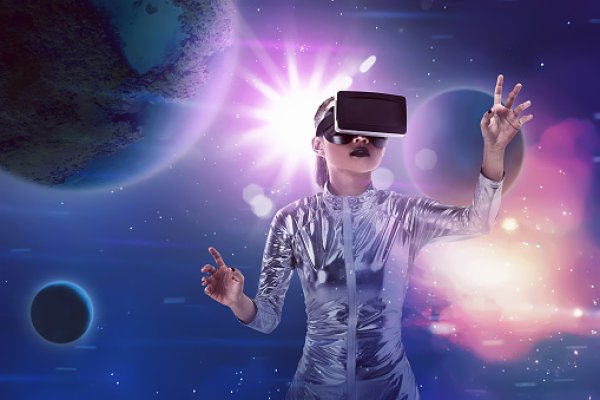OpenAI has declared that GPT-4 is more reliable, creative, and adept at interpreting complex instructions than its predecessor, GPT-3.5. This latest language model obtained a 40% higher score than GPT-3.5 on OpenAI’s internal evaluations of adversarial factuality.
For much of 2022, OpenAI – an artificial intelligence company based in San Francisco – was edging closer to releasing GPT-4, an AI model that had the potential to be incredibly proficient at writing essays and solving complex coding problems. However, in a surprise move, they chose not to launch GPT-4. Instead, they opted to update their unreleased chatbot, which employed an updated version of GPT-3, the language model released by OpenAI in 2020.
When OpenAI released ChatGPT, their GPT-3.5-based chatbot, it became an instant hit with people from all backgrounds. Despite some complaints that the AI-generated responses could be biased or inaccurate, the launch of ChatGPT triggered a surge in investment among those seeking to take advantage of the next AI trend.
OpenAI announced the GPT-4, their latest large language model version, on Tuesday in a blog post. This announcement came less than three months after ChatGPT was first revealed to the public. This new version has been developing for over 12 months, following an early trial run with GPT-3.5 about a year ago. Through this trial process and improvement of theoretical foundations, OpenAI found and fixed some issues that were present before.
The training run of OpenAI’s GPT-4 was remarkably stable, and it marked the first time that OpenAI could accurately foresee its model performance before time. In a blog post by Yusuf Medhi, Microsoft’s head of consumer marketing, those who have utilized the preview version of Bing in the last six weeks have had an early glimpse at the potential of this state-of-the-art model.
Comparing GPT-4 And GPT-3.5: A Comprehensive Guide
OpenAI reported that GPT-4, a huge multimodal system (which handles both visual and text inputs to produce textual outputs), is not as competent as humans in many practical scenarios. Still, it has achieved human-level performance on some tests for professional and academic purposes. Shockingly, GPT-4 even passed an artificial bar exam with the result that placed it among the top 10% of all test takers; contrarily, GPT-3.5’s score was around the lowest 10%.
OpenAI has spent six months fine-tuning GPT-4 through lessons from their adversarial testing and ChatGPT, improving accuracy, steerability, and staying within parameters. Although not perfect, these outcomes are their best to date. They also point out that the differences between GPT-3.5 and GPT-4 might be slight in a casual conversation.
GPT-4 is more proficient than GPT-3.5 when the task’s difficulty increases, being more dependable, imaginative, and able to process more subtle directions, according to the report.
OpenAI cautioned that although GPT-4 has remarkable capabilities, it still carries the same restrictions as the previous GPT models. According to their blog post, it is unreliable and can produce false facts and make logical mistakes.
Open AI reported that compared to its prior models, GPT-4 has significantly decreased the occurrence of hallucinations. Furthermore, they stated GPT-4 achieved 40% higher scores than GPT-3.5 on their internal adversarial factuality teGPT-4’s -4’s data ends in September 2021, meaning it cannot learn from events after this date. Additionally, OpenAI has been known to make simple reasoning errors that do not reflect a competent understanding across many domains, as well as being overly trusting of false statements given by users.
A company spokesperson says:
“And sometimes it can fail at hard problems the same way humans do, such as introducing security vulnerabilities into code it produces,”
“GPT-4 can also be confidently wrong in its predictions, not taking care to double-check work when it’s likely to make a mistake,”
ChatGPT Plus subscribers currently have limited access to GPT-4, with a usage cap in place. The AI company has stated that the exact usage limit will be adjusted according to demand and system performance.
The company spokesperson went on to say:
“Depending on the traffic patterns we see, we may introduce a new subscription level for higher-volume GPT-4 usage; we also hope to offer some free GPT-4 queries so those without a subscription can try it too.”
Dashveen is a columnist for Tech Wire Asia and TechHQ, offering insight into the dynamic world of technology in the business backed by research. Before this, she covered Malaysia’s rapidly changing political landscape and stock market.
Overall, Open AI’s GPT-4 AI Writing Assistant is an impressive tool for various use cases, from advanced research to creative writing. Whether you need to generate content quickly for marketing, academic research, or artistic endeavors, GPT-4 can help you do so efficiently and reliably. It not only simplifies the creation of any text but can also eliminate the manual processes of traditional editing and writing tasks.
Source: Tech Wire Asia



